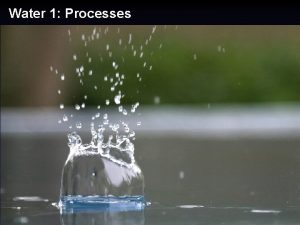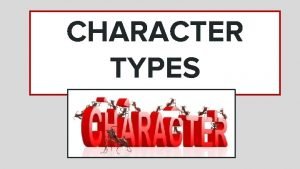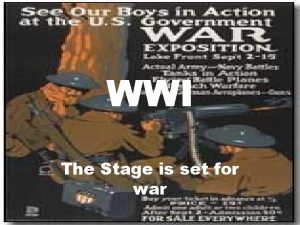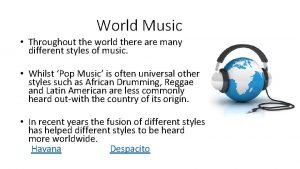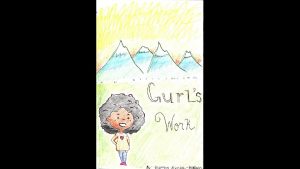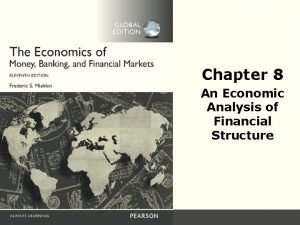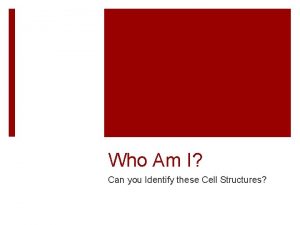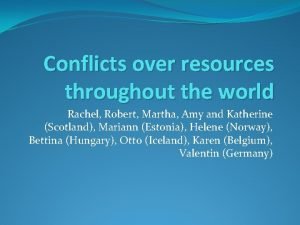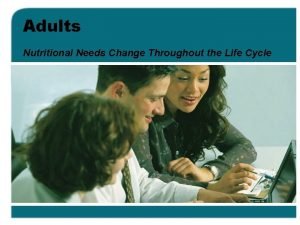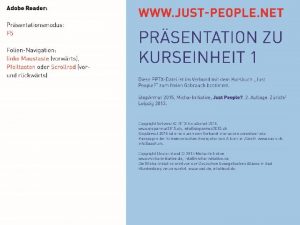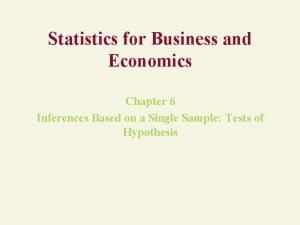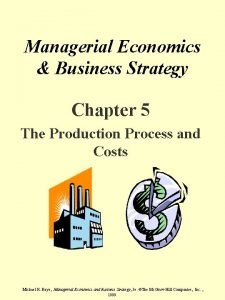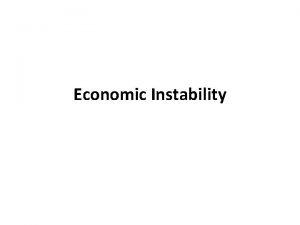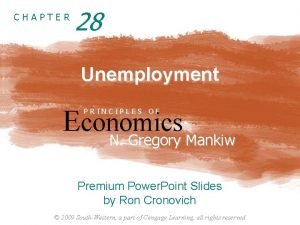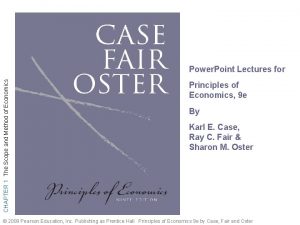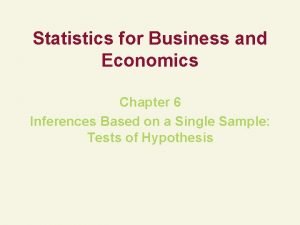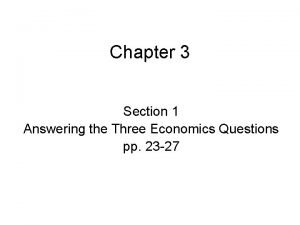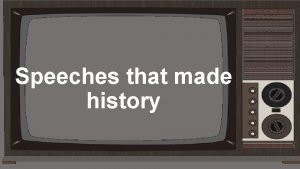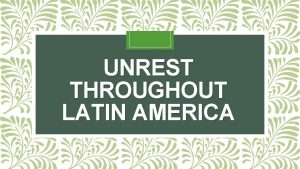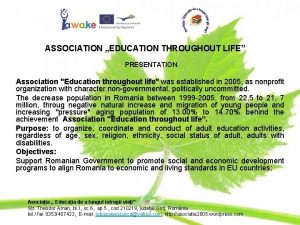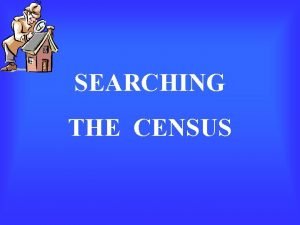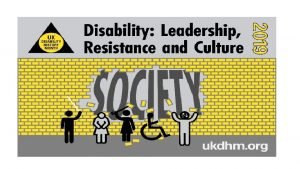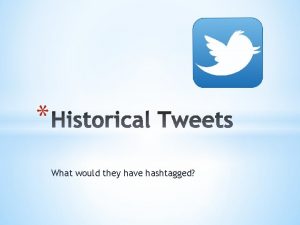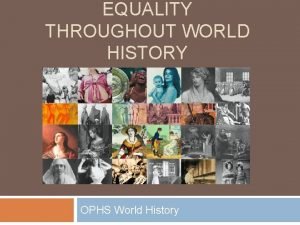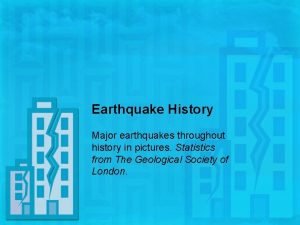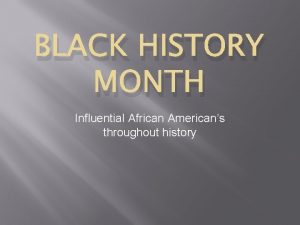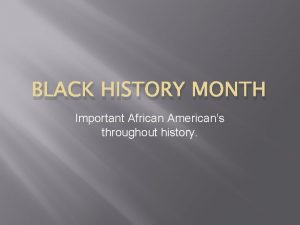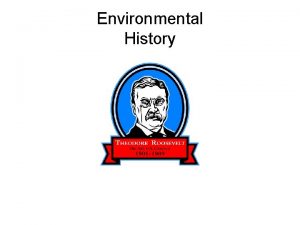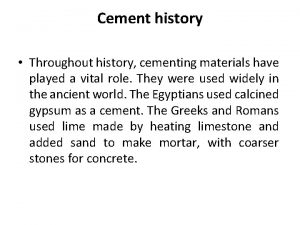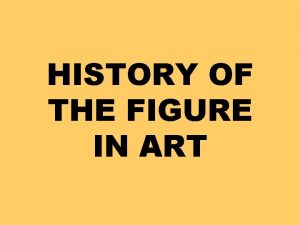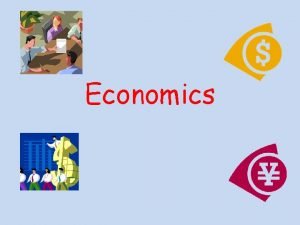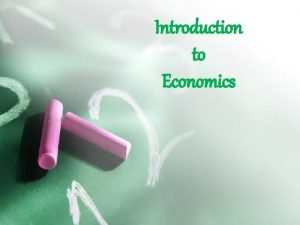Chapter 2 Economics in History Throughout history people



























- Slides: 27

Chapter 2 Economics in History

Throughout history, people have always had an economic system The main purpose of an economic system is to answer 3 questions What goods and services do people need and want? How can we make these goods and services? How will we distribute them?

The term commodities refers to the goods and services that are distributed in an economic system

These commodities are either shared, traded or bought and sold depending on the type of economy

3 Types of Economies:

Pre- Industrial: Hand made goods, no factories, simple tools, trading or selling An industrial economy is an economy which depends on manufacturing technologies to make the goods that they sell Post – Industrial: Computers and the information age

The 1 st industrial economies started during the industrial revolution in Europe in the late 1700's

Now most regions of the world use this type of economy

First Nations and Inuit Economies Needs and Wants

These people had a traditional economy based on the natural resources available in that region

Shelter: snow, whale bones, stone, sod, caribour hide, seal hide, wood Food: Caribou, moose, seal, fish, deer, buffalo, corn Clothing and Footwear: Carobou hide, seal hide

Their homes were built on the materials around them. Inuit tupik – summer residence made of caribou skin that was easily transported

Inuit winter home made of rock and sod

Overall, the First Nations and Inuit peoples needed and wanted land natural resources

Aboriginal means living in a land from earliest times. There are 3 groups of aboriginal people in Canada

Inuit The First Peoples of northern Canada above the tree line

First Nations The First Peoples of the rest of Canada

Metis These are the children of either Inuit or First Nations people and the early European fur traders

Production Aboriginal peoples produced goods by hand, mostly using bone and stone tools.

Nothing wasted. Example : Innu used caribou meat for food, its bones for tools, and its hide was used for clothing, shelter or footwear.

Aboriginal people believed the land natural resources must be used wisely. They only killed animals that they needed

They gave thanks for the resources they used. Example : Innu have a special meal called the Mukushan after a successful hunt to honour the spirit of the caribou.

The First Nations and Inuit peoples shared equally in what was produced and everyone helped produce it

Maritimes refers to the provinces of New Brunswick, Nova Scotia and P. E. I. These area had an abundance of resources year round.

Atlantic Canada included the Maritimes plus the province of Newfoundland Labrador.

The land water were sources of life so they were very important to these peoples

Very, Very Important Concept First Nations and Inuit had no notion of private ownership (the idea that one person has complete control over an area of land)
 Throughout history people
Throughout history people Throughout history water
Throughout history water Maastricht university economics and business economics
Maastricht university economics and business economics Mathematical economics vs non mathematical economics
Mathematical economics vs non mathematical economics Dynamic character
Dynamic character A shot rings throughout europe
A shot rings throughout europe In lines 9-17 the author of passage 1
In lines 9-17 the author of passage 1 Throughout the world there are different
Throughout the world there are different Nature of folk dance that shows imagery combat is
Nature of folk dance that shows imagery combat is Have been faced with
Have been faced with Eight basic facts about financial structure
Eight basic facts about financial structure A shot rings throughout europe
A shot rings throughout europe Series of tubes found throughout the cell
Series of tubes found throughout the cell Uniform throughout
Uniform throughout Throughout the world there are
Throughout the world there are Nutritional needs throughout the life cycle
Nutritional needs throughout the life cycle Different types of people as media
Different types of people as media People killin people dyin
People killin people dyin Recovery community
Recovery community Justpeople
Justpeople What is the ha
What is the ha Managerial economics chapter 5
Managerial economics chapter 5 Economics chapter 13 vocabulary
Economics chapter 13 vocabulary Principles of economics chapter 28 answers
Principles of economics chapter 28 answers The scope and method of economics chapter 1
The scope and method of economics chapter 1 One proportion z test
One proportion z test Economics chapter 3 section 1 answer key
Economics chapter 3 section 1 answer key Chapter 1 ten principles of economics
Chapter 1 ten principles of economics

